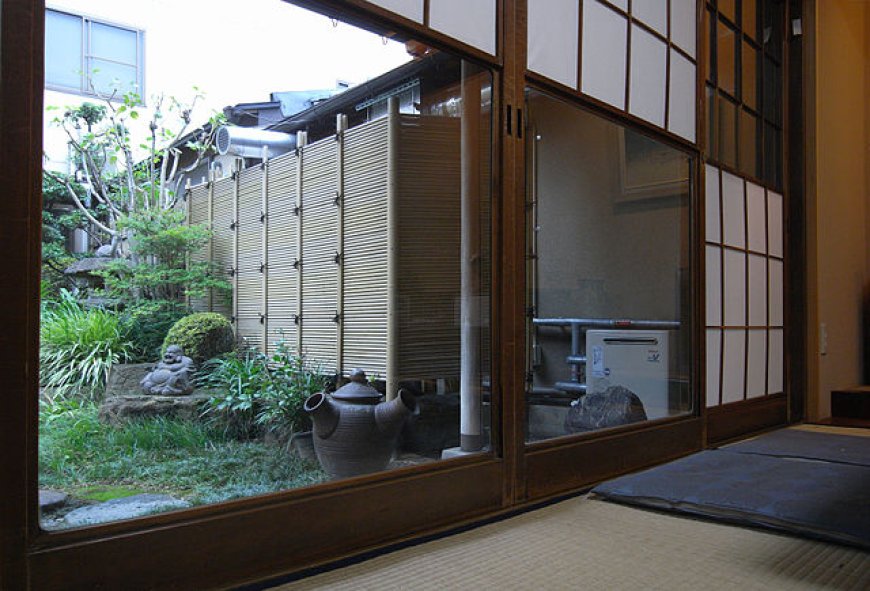Learn about Shoji door shields
It can be said that Japan is a place of strong development and become an industrial country. However, no matter how developed, Japanese people still keep the traditions that they have for a long time.

One of the earliest cultural features that have been preserved to this day is the family architecture with the Shoji shield.
Shoji guards or Shoji door manufacturers today use the best materials and manufacturing methods available and so your options for this product have been vastly expanded. Above all, the top-notch designs are able to reconcile the beauty of the traditional Japanese Shoji with the stability and symmetry required of a contemporary Western home.
The Shoji screen was introduced into the Japanese house to separate the outside living area from the inner living area, while still not making the house lack of light. Shoji sliding wooden doors help separate the room from the outside world, creating a sense of security and peace of mind at night. The Shoji shield is spread out by Japanese Shoji rice pulp paper and delicately crafted wood, an effective addition to the decor inside a traditional Japanese home.
The Shoji shield generation is derived from the Chinese folding blanket model. The Chinese shield, sometimes made of paper, as we know it today dates back to the 8th century AD. However, there are also documents that say it dates back to the Zhou Dynasty (4th-3rd centuries BC). Interestingly, paintings of the shield can be found in tombs from the Han Dynasty (200 BC - 200 AD). But, it was in Japan that this shield developed into the famous designs it is today.
Japanese shields include Byobu, folding shields (Byobu literally means “barrier from the wind”); Tsuitate, single screen, Fusuma, sliding door, Shoji screen (shoji or soji are both words used for doors or windows made of translucent paper), Tobusuma, sliding wooden screen, and Sugido, board made of cedar wood.
Shoji shields are used for tea parties, as a backdrop for a concert or dance, to protect Buddhist rituals and to separate activities outside the house. The folding of the shield depends on the intended use. For example, the small double-folding shield is used for tea parties while the large eight-fold shield serves as a backdrop for prom. In addition, lightweight and flexible shields are used where rapid movement is required. The lightweight yet sturdy shield is used with trellis and hardwood fences, covered with handmade paper for specific activities and similar to “karibari”.
Shoji screens are used as doors, windows, bathroom doors, and used as dividers everywhere for privacy purposes. So they can be called shoji room dividers. They are useful when used as office partitions, cabinet doors, skylights and headboards. With their simple clean look, they look very natural when used as specially designed windows.
The Shoji screen was introduced into the Japanese house to separate the outside living area from the inner living area, while still not making the house lack of light. Shoji sliding wooden doors help separate the room from the outside world, creating a sense of security and peace of mind at night. The Shoji shield is spread out by Japanese Shoji rice pulp paper and delicately crafted wood, an effective addition to the decor inside a traditional Japanese home.
--------------------------
Injavi.com - Visit in Japan

























































































